Signed lower left, located and dated "Paris, May 27, 1949"
Dimensions of the work including the frame: 65 cm x 86 cm
Dimensions of the work without the frame: 60 cm x 81 cm
Good condition.
Shipping: Secure packaging and delivery by registered Colissimo with insurance, for Metropolitan France: €35 - EEC: €45
Elie Miller-Ranson was born in Mornac-sur-Seudre (Charente-Maritime) on May 3, 1907.
Very young, at the age of six, he began painting. At ten, he took lessons from several teachers: Charles Escudier (Paris, 1848), Paul Richer (Chartres 1849-1933), and most notably the Belgian artist Jean Lecroart. He exhibited his works for the first time at the age of thirteen at the Salon des Arts in Royan, where he received critical acclaim.
From the ages of 16 to 19, he continued his artistic studies at the École Nationale Supérieure des Beaux-Arts in Paris and the Académie de la Grande Chaumière. He was then appointed a drawing professor in Saint-Louis-du-Sénégal in 1925. Captivated by the beauty of African landscapes, he devoted part of his work to capturing the atmosphere of these regions and capturing their color and poetry.
He soon abandoned his profession and began extensive treks in what was then French West Africa. It was in Dakar that he performed his military service in 1927. He escaped the raging yellow fever epidemic. There, he decorated the offices of the Etat Malor, the Hôtel du Général de Brigade, and the Hôtel du général commandant des troupes de l'Afrique française. He was encouraged by the compliments of his superiors.
He decided to create and organize, in 1928-1929, with friends, the Society of Friends of the Arts of Dakar. He was appointed and reappointed Commissioner General each year until 1939. He himself encouraged painters and created an annual group exhibition. He did not limit his work to expressing his love for the bountiful nature of colonial countries. He also created numerous portraits, particularly of official figures, such as General BREVIE, Governor of Côte d'Ivoire, J.F., former head of Public Works of Côte d'Ivoire, and a bust, also in bronze, of Thérèse NARS, which adorns a square in Dakar.
He received other official commissions, which he completed during his many travels. He was entrusted with the decoration of several palaces, those of the Congolese government, in Sudan, and in Abidjan, where he stayed for a year and a half and decorated the war memorial. Several private exhibitions were also dedicated to him in Abidjan.
For twenty-two years in 1929, he was invited to the Salon des Artistes Français, of which he remained a permanent member. He was also a member of the Société des Beaux-Arts de la France d'Outre-mer. Two years later, in 1931, he was awarded hors concours at the Colonial Exhibition in Paris and in 1937, he won the Prix du Gouvernement Général de l'Afrique Française. That same year, he exhibited at the Dakar Chamber of Commerce.
Thirsty for discovery and travel, he left the African continent for a trip to South America, where he was received in Rio de Janeiro by the French ambassador, the Marquis d'Ormesson, who commissioned two paintings from him. He exhibited in Sao Paulo, Santos, Montevideo, and Buenos Aires.
Back in Africa, he arrived in Morocco in 1940, settling there permanently after the war. He then held numerous solo exhibitions, notably in Casablanca at the Hôtel Majestic gallery and at the Venise Cadre gallery, where he regularly exhibited twice a year, as well as in many other galleries. He also exhibited in Marrakech, Rabat, Kenitra (formerly Port Lyautey), Agadir, Fez, and Meknes. He was best known and appreciated for his flower paintings. His talent and extreme sensitivity made him a flower specialist, like the painter Pierre Redoute St. Hubert (Belgium, 1759 - Paris, 1840), a rose painter. His bouquets, with their splendid and vibrant colors and striking realism, earned him great success, renewed at each exhibition.
In France, he participated in several events, where he received several distinctions.
He received the first prize for West Africa in 1938. In 1964, he was named Commander of the French Overseas Merit and of the Sovereign States, Malagasy, African, and Asian French-speaking countries and their friends. He was appointed an Officer of the National Overseas Merit on July 14, 1965, and that same year he won the Berthe Morisot Prize and, in 1968, the Goya Prize at the Castres Museum.
In 1973, he received the Grand Prix des Fleurs at the Salon de Paris, the City of Paris Medal in 1975, and the Grand Prix International d'Aquitaine in Mauléon in 1984, as well as a silver medal from the City of Bordeaux, presented by Jacques Chaban Delmas, Deputy Mayor of Bordeaux.
He died on May 21, 1989, in Casablanca.















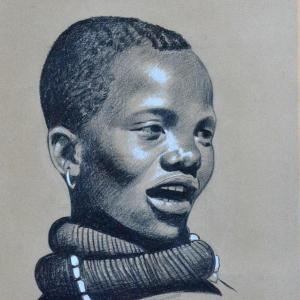





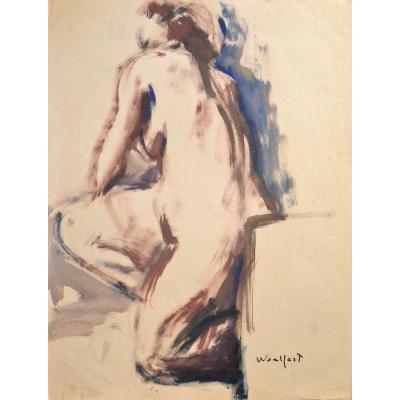


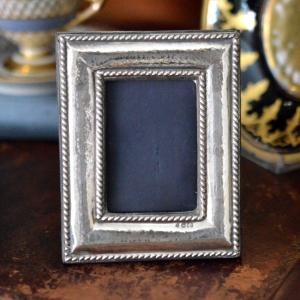
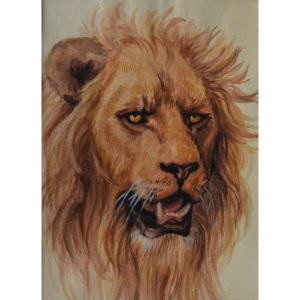



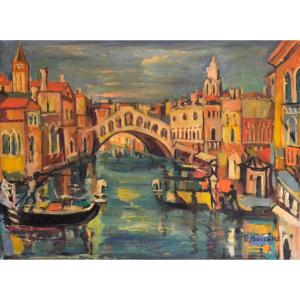
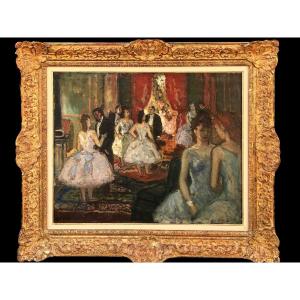







 Le Magazine de PROANTIC
Le Magazine de PROANTIC TRÉSORS Magazine
TRÉSORS Magazine Rivista Artiquariato
Rivista Artiquariato